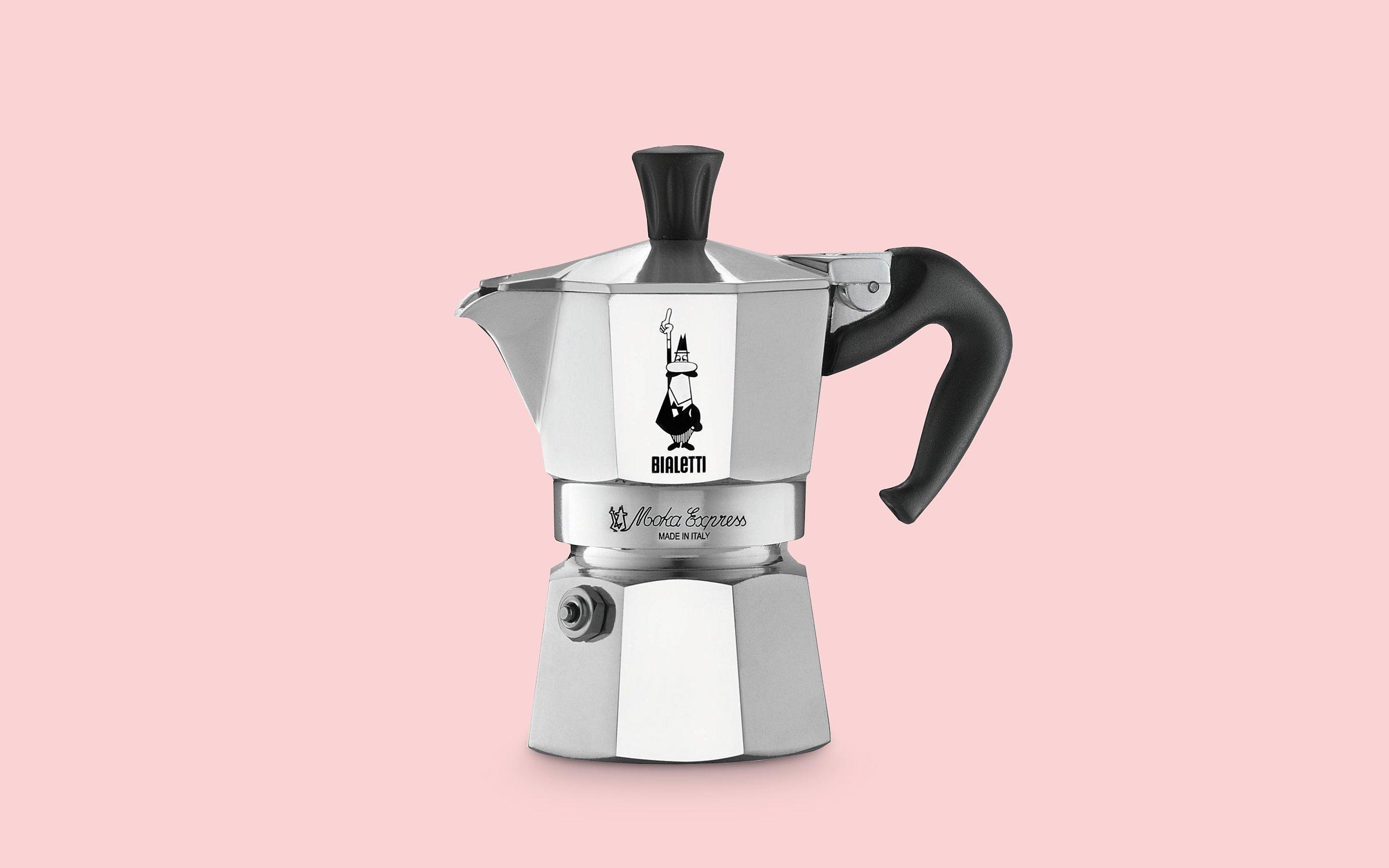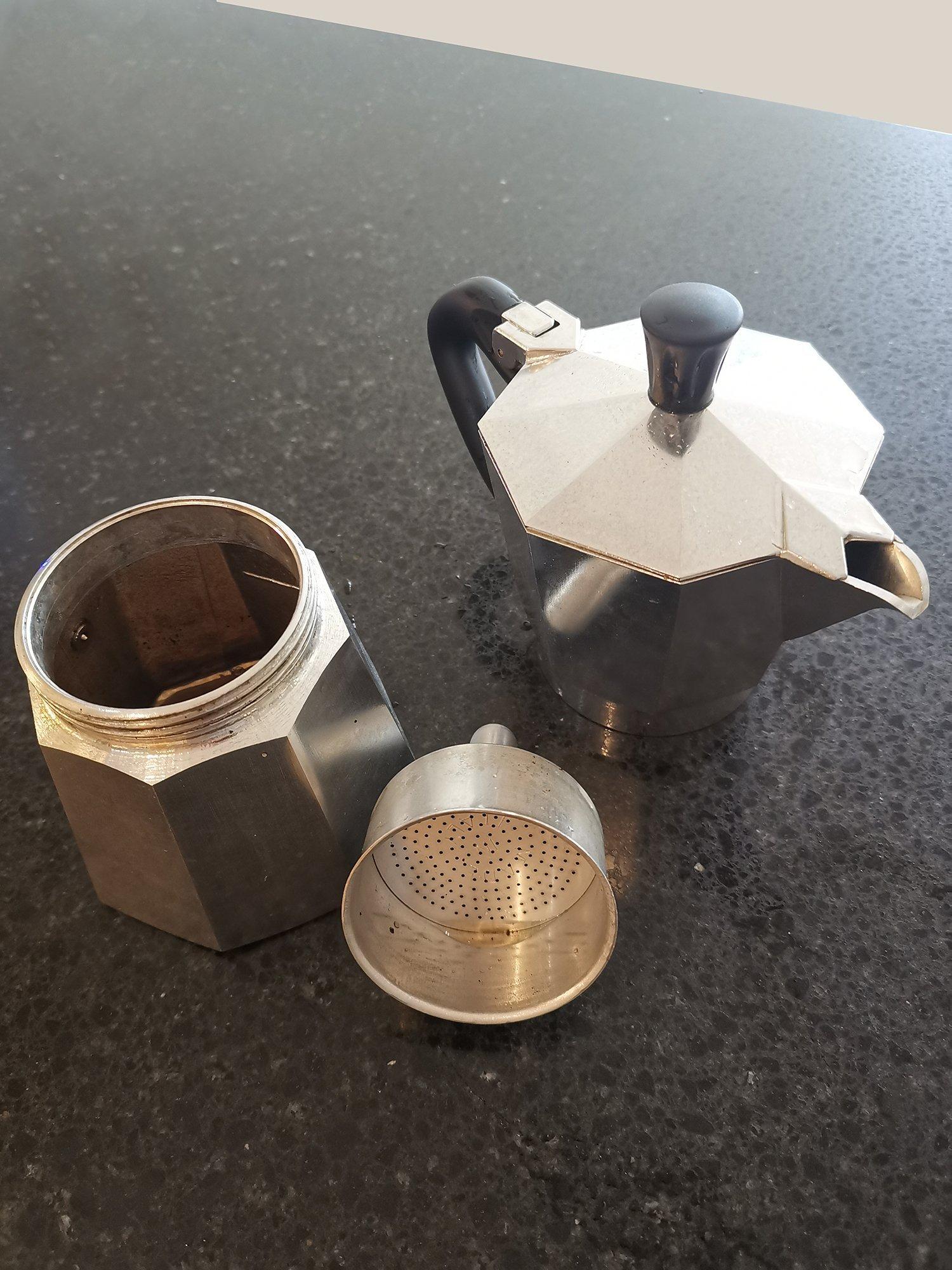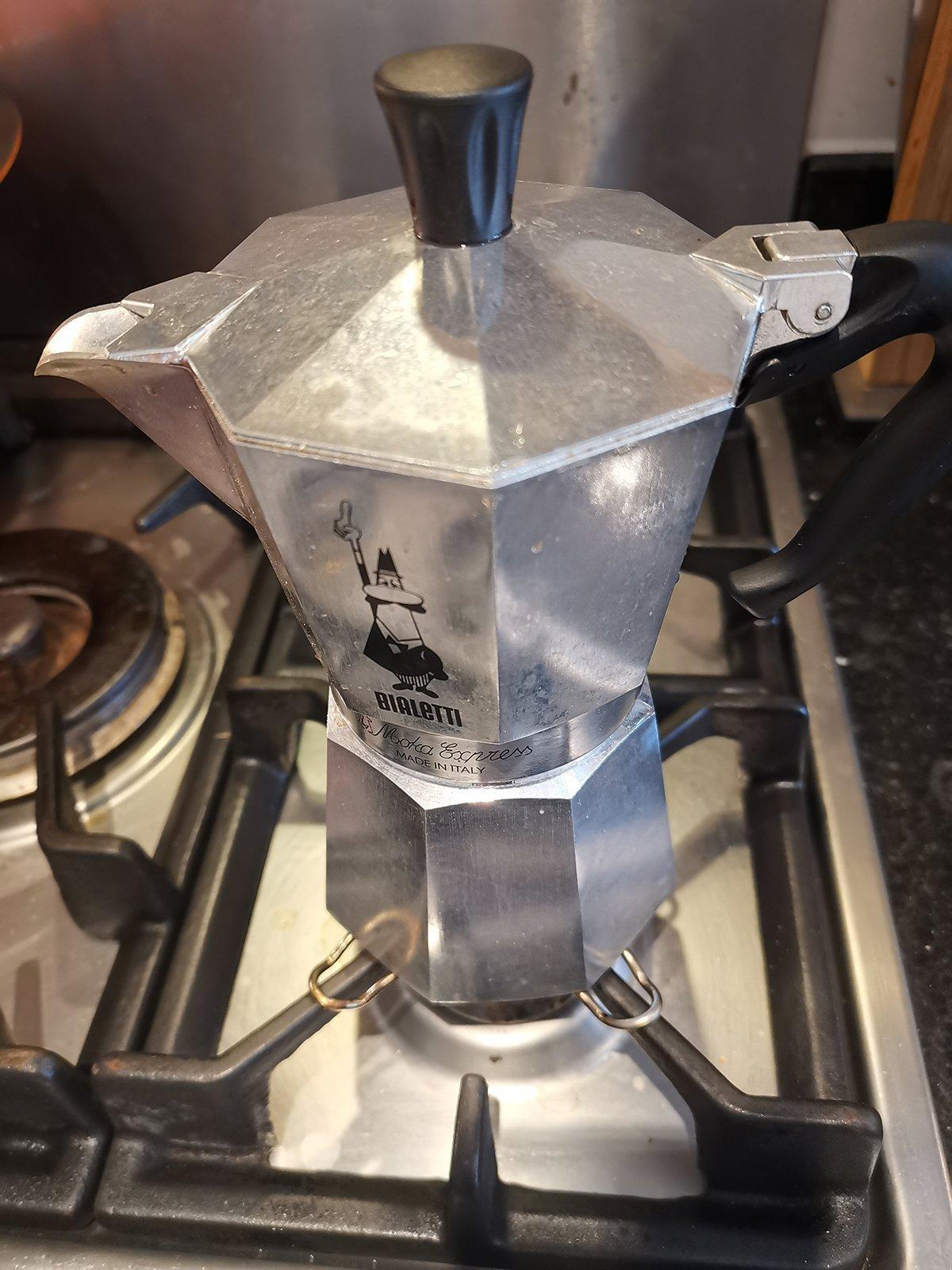Tried & Tested
On trial: Bialetti Moka Express Hob Espresso Coffee Maker
It looks impeccably chic in your kitchen, but how does the Bialetti Moka Express measure up to more hi-tech coffee machines? We put it to the test
The Bialetti Moka Express has always held a certain mystique for me and, being honest, a degree of intimidation. All that screwing things together and pressurised steam seemed so much more effort than just jabbing a button on a coffee machine. The recent death of said coffee machine forced my hand, however, and I’m now a firm Moka convert.
First impressions
It’s certainly more space-efficient than a bean-to-cup coffee machine. It’s a compact little thing, and there’s an undeniable appeal in the iconic, angular design language of the Moka Express – it just looks at home resting on the hob. The body is aluminium, so a bit lighter than you might expect, but it still has a reassuring heft in the hand.
My second impression: this isn’t going to fit on the hob. If you’re using gas, you might need a bracket so you can put the Moka Express over one of the smaller burners (you want the flame entirely under the pot rather than licking up the sides). I got a bracket and was good to go.
How does the Bialetti Moka Express work?
To quickly demystify, the Moka Express works by boiling water in its base, pressurising the liquid up through a layer of ground coffee above. This coffee-infused water continues up through a spout and pools in the top section, ready to be poured. I’ve outlined the process below – it might seem complicated at first, but once you’ve got the hang of it, the whole thing takes on an oddly meditative quality.
The need-to-knows
If you’re used to coffee machines or filter coffee, the Moka Express makes a pretty potent brew. The pots are sized by how many espressos they will make (as any Italian will tell you, espresso is the only proper way to drink coffee) but if your taste runs towards longer coffees, you can of course top these up with more hot water.
This might sound obvious, but the Moka pot isn’t instantly reusable. You need to let it cool before disassembling it to make another cup. If you’re planning to make coffee for more than one person regularly, think about getting one of the larger pots.
1. Disassemble the pot. You’ll have the metallic base section, the coffee pan, and the top coffee-collection part and spout. Make sure it’s all clean, especially where the sections screw together.
2. Fill the base section with boiling water. The inside of the base has fill lines that you shouldn’t go above as they show the height of the safety pressure-release valve on the outside, so keep an eye out!
3. Pop the coffee pan into place on top of the base section and fill with medium-ground coffee, completely covering the pan. You can gently level it out but DON’T tamp it down forcefully – the Moka Express doesn’t have as much pressure to work with as an electric espresso machine, and if the coffee is too densely packed in then steam won’t be able to penetrate it.
5. Place on the hob over a low to medium heat. I’ve used a bracket over my gas hob, but induction-compatible pots are also available. Since you’re already using boiling water, it won’t take long for coffee to start rising through to the top section. You might be tempted to increase the hob heat to speed up the process but resist – you’ll just end up with burnt coffee made fractionally faster.
6. You’ll know it’s done when the spout starts to make a sputtering/coughing noise. I keep the lid up while the pot is on the hob as it makes it easier to see when it reaches this stage. Take it off the heat when you hear this noise, and then enjoy your caffeine hit!






